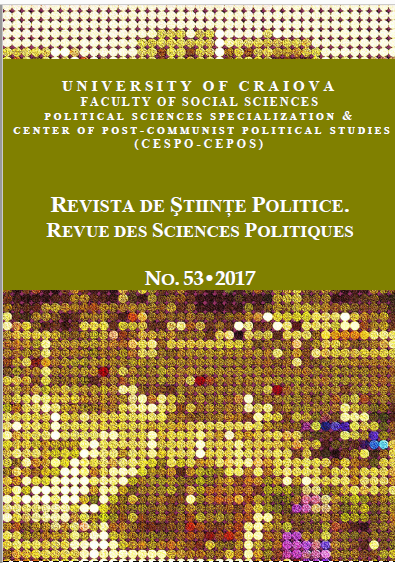Foreign Influences in Romanian Legal Terminology
Foreign Influences in Romanian Legal Terminology
Author(s): Elena Tereza Danciu, Simina BadeaSubject(s): History of Law, Civil Law, Middle Ages
Published by: Editura Universitaria Craiova
Keywords: foreign influences; Romanian legal terminology; Middle Ages; modern period; contemporary period;
Summary/Abstract: The foreign influences that we notice in Romanian terminology can mirror the foreign influences manifested over time in our political history, our culture and hence the legal field. The Roman influence is virtually the mark of our nation. In the legal field it is obvious during the ancient period after the conquest of Dacia and its transformation into a Roman province. The second stage starts in the 15th century, witnessing the transition from customary law to written law through the Codes of the Church. The third stage, resorting to the old Roman encodings, represents the modernization of the Romanian legal system. After the Roman influence, the most important is the Slavic one. The Slavic peoples, in their turn, surrounded our territory like a belt. It was hard to dispel intrusions and, as Ioan Bogdan pointed out: “the influence of the Slavic element in the emergence of our nationality is so obvious that, without exaggerating, we cannot speak about a Romanian people before the absorption of Slavic elements by the Roman local population during the 6th-10th centuries”. The Hungarian-German influence in Transylvania and the Turkish influence in Wallachia and Moldavia were also manifest during the Middle Ages. I. Condurachi wrote about the Hungarian-German influence, considering that the organization of the cities, the pre-emption right, the witnesses and gender equality upon inheritance followed the German model. Later, after the establishment of the Romanian medieval states, one can notice, according to I. Peretz, a Turkish influence exerted only in the field of public law and legal language (agă, divan, caimacam, sinet, adet). The modern and contemporary period turns the Romanian society towards the West and influences come from this side. We thus make reference to the French influence, foreshadowed during the Phanariot period, and the English influence as an effect of globalization.
Journal: Revista de Științe Politice. Revue des Sciences Politiques
- Issue Year: 2017
- Issue No: 53
- Page Range: 144-158
- Page Count: 15
- Language: English

